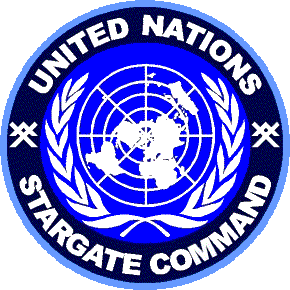| UNRESTRICTED |
|---|
|

|
POW Tap Code |

| ||||||
|---|---|---|---|---|---|---|---|---|---|
|
The Prisoner of War Tap Code is the means by which POWs can communicate with one another between cells. Although often described as Morse Code, it is not. Indeed it is impossible to perform Morse Code simply by tapping out your message on a wall or pipe, as it relies upon short and long tones. So instead, as part of E&E (Escape And Evaision) training, those who may find themselves in such confinement are taught this special POW Tap Code.
Any such code must be very simple to teach, learn, remember and use while surviving under the conditions typically experienced by POWs. Extreme deprivation, cold, heat, hunger and thirst, plus torture and casual physical and psychological violence while in captivity. So how does it work? All you need to remember is to create a grid containing the 26 letters of the alphabet, 5 letters wide by 6 high. Then starting with the letter A at the bottom left hand corner, and ending with the Z at the top right hand corner, see the table at left The key to remembering the correct layout, is that each letters position is given just like a grid reference on a map. You give the left to right or easting first (the column), then the bottom to top or northing (the row). Another way to remember it is that "you always go in to the house, before you go up the stairs". So "A" is 1-1, and "H" is 2-3. However "Z" is unique in that you ONLY need to give its row number which is 6, as it is the only character on that row. To send a letter, first tap out the column number followed by a brief pause, then send the row number. After this leave a pause about three times longer than the first to act as a letter separator. Likewise leave a space about six times as long for a word separator. | ||||||||||||||||||||||||||||||||||||||||||||||||
|
It is slow but effective. It was used to great effect by the clients of the Hanoi Hilton during the Vietnam war. They even managed to send actionable intelligence back to US forces, resulting in several successful B52 bombing raids. So do not underestimate this little gem.
If you ever need to use this code in ernest, apparently according to former POWs, after a while, you end up just listening and rather than taps or individual letters, you begin to recognise words and phrases. To further help speed up the process of communicating with the POW Tap Code, abbreviations are commonly used. As most Special Forces troops, pilots etc., are familiar with Morse Code, the various abbreviations used there are employed here. The only one you need to know is the use of the letter "K" to mean "OVER" as in radio usage, serving as an invitation to send. However apart from this, often these abbreviations are developed on the fly when in prison, so no need to memorise any others as well in advance. As an aid if you can remember that the bottom row has the letters A, F, K, P and U, then going up the grid from there is easy. And do not forget you can always use your fingers! So for your first test, what is being said here:- 2-1---3.5---3-5---1-4------2-4---4-4-----2-3---1-5---4-3---1-5 | |||||||||||||||||||||||||||||||||||||||||||||||||
| Top |
|---|
End of Page